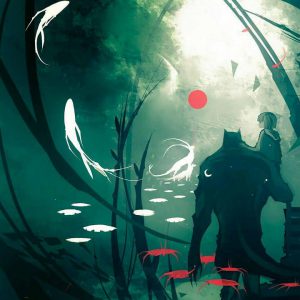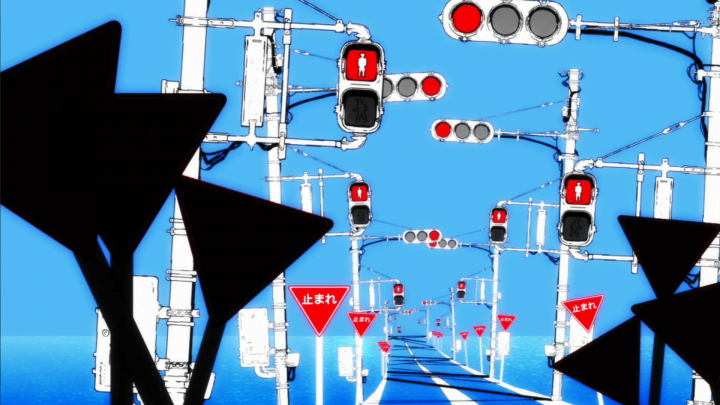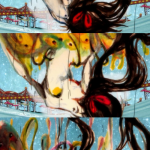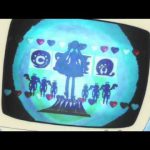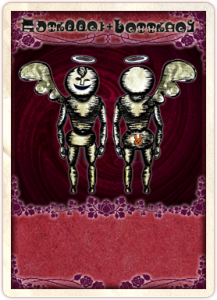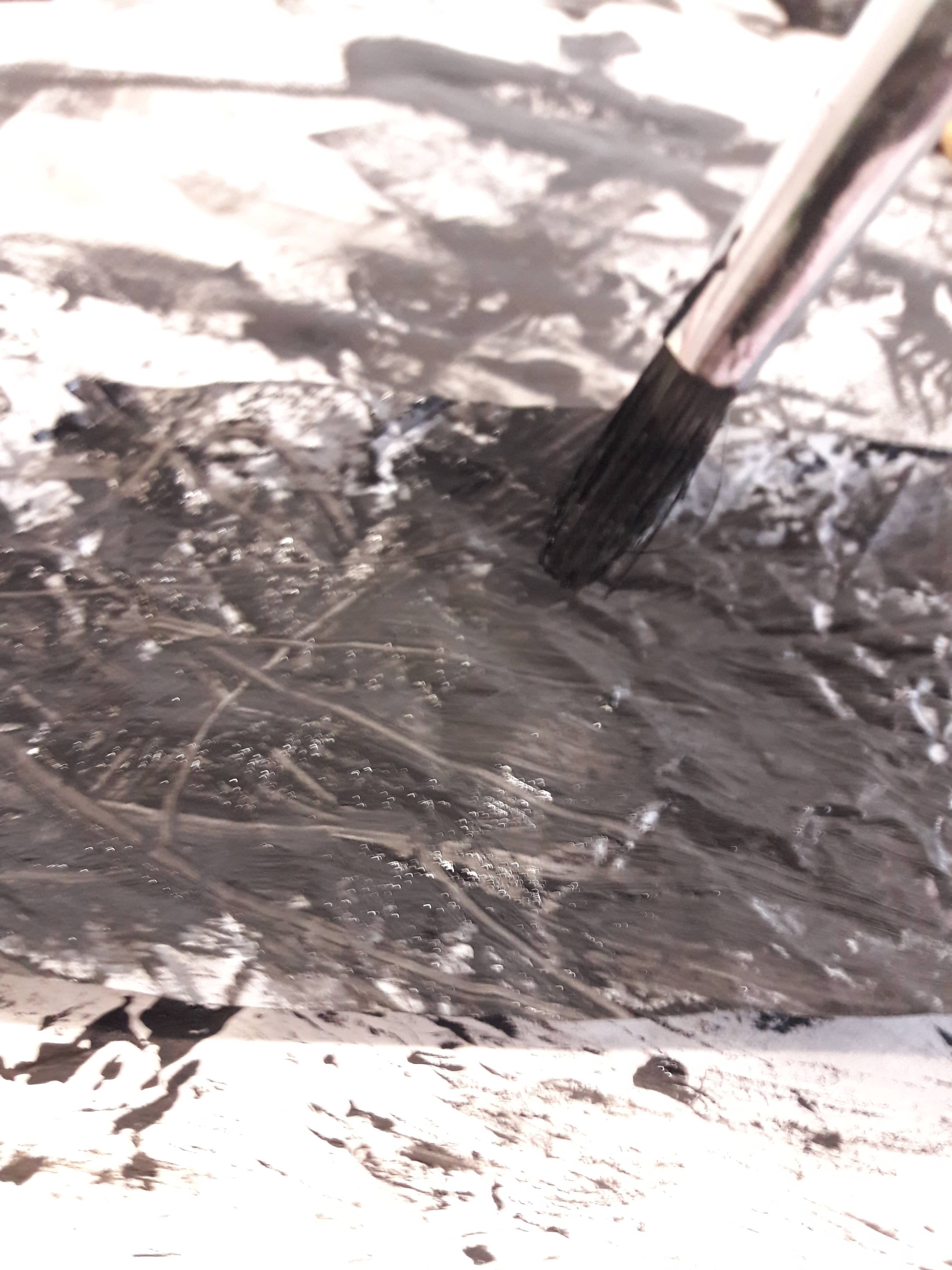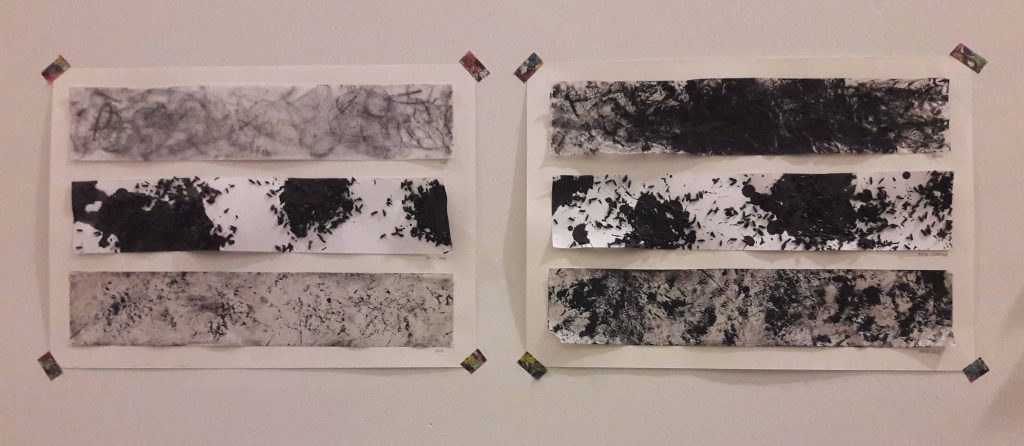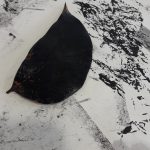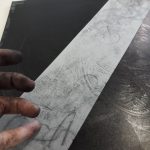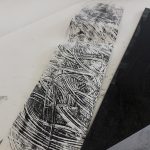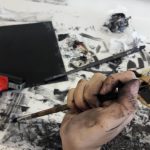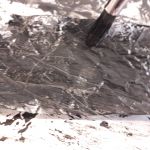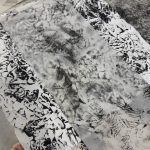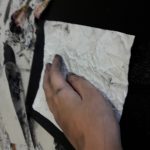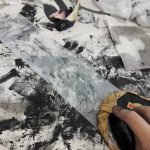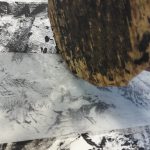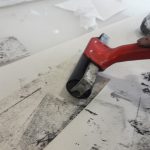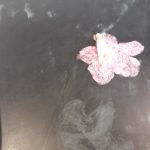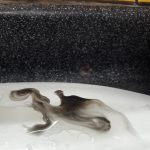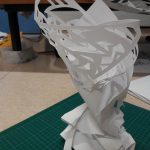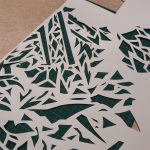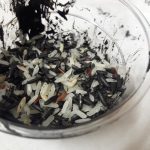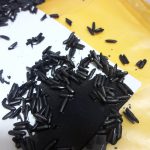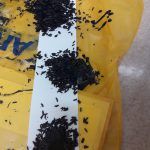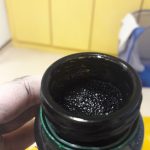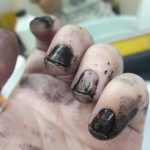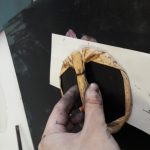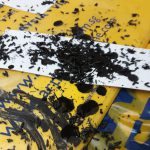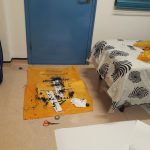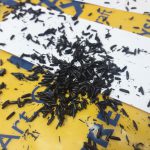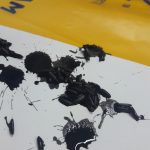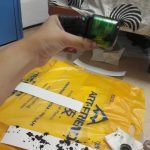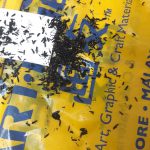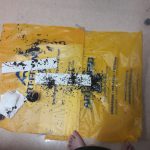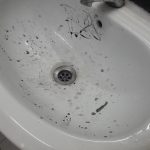I’m here to do what I do best, which is fangirling over my favourite artists! And it’s even relevant to the project at hand! (Note: I use “they” to refer to those whom I don’t know their genders because I’ve been in enough non-binary gender debates)
I only chose to talk about artists with colouring styles I adore, as opposed to any artists, so. And since we have to have active colour choices, I’m going to (try to) identify and state what type of colouring style they use.
- Monochromatic Harmony = same hue, different lightness & saturation levels (e.g. greyscale)
- Analogous Harmony = colours adjacent to each other on colour wheel (e.g. yellow & green)
- Analogous Harmony (Warm & Cool) = basically same as above, but active choice of warm (orangy) colours or cool (bluish) colours (e.g. orange & red, blue & green)
- Complementary = Opposite each other on the colour wheel (e.g. blue & yellow)
- Split Complementary = well, I don’t know how to explain this except “imagine an isoceles triangle on the colour wheel” (e.g. yellow, orange and purple)
- Double Complementary = Complementary x2
- Triad = 3 hues equally spaced apart
夜と炉 (@yorutoro)
This was one of those random artists I followed. What attracted me to them was mostly the soft, girlish colours. Something else interesting is also how they tend to attach jewellery to their works!
Very high lightness overall, though with lower lightness for certain decorations. I would say they use analogous harmony for blending and colouring of the person, and an extended analogous (it’s not far enough to be complementary so idek) in terms of decor (clothes, accessories, etc). An earth tone frame too, to draw focus.
Nano (@NanoMortis)
I’ve been stalking Nano since before they changed their username on deviantart, and what I adore is mostly how it’s a very limited palette mixed with an angular style to create something rather unique.
It varies, but I’d say they typically use monochromatic harmony with complementary hues? Other than black and white contrasts, there’s a lot of shades of green against shades of red.
Fish (@salmonella_fish)
I accidentally came across Fish during that one Yuri on Ice craze (I’m not into it but Instagram thought I was), and I mostly enjoy how there’s always an overarching dominant colour defining each piece, most likely because she tends to do a large wash before layering on the actual colours.
This one’s pretty easy: it’s an analogous harmony (almost made to look monochrome since it’s so subtle) with a dominant colour for each, which gives off quite a good sense of warm and cool as well. As seen by the last picture, though, some blue-yellow complements happen.
ユエ (@y_u_e)
What I love about Yue is their mixed medium and how the colours come together beautifully, regardless. They usually do a rough sketch with pencil, then refine the sketch, then watercolour to create a basic wash, then adding tone and hue with copic markers before defining edges with colour pencils. (If you see their commissioned works you will know that this is a stylistic choice and they can actually do other styles as well)
Also, they’re the one who taught me how to make my own paints!
This is really hard for me to identify though, because they blend a LOT of colours together. If I ignore the analogous blending I guess it’d overall be some double complementary? Like the blue green yellow purple of the 2nd work.
Mall Licudine (@shardula)
Her style is also rather unique to me, especially because she liberally uses resin on wood to create 3 dimensional works. On top of that, she combines acrylic paints and washi tapes, and uses a lot of polka dots and positive/negative spaces to add detail!
This is another difficult one to figure out, probably because her work is really complex such that different elements have different colour harmonies in themselves. For example the 3rd one has the green and blue (analogous) plants, but the 2nd one has the girl herself mostly being analogous (pink and purple) with some complements of yellow and green.
Koyamori (@maruti_bitamin)
Again, another person I admire for more linework, but I do admire how they maximise their limited palette by using watercolour to vary the exact shade (and blending to create different hues). There’s also always obviously dominating colours!
I thought it was analogous, but I was woefully mistaken for the first one (as Joy pointed out) because of the blues, such that it’s actually complementary.
Nina (@sirpangur)
While she dabbles in colour, she’s more oriented towards black and white (and grey), but I think what’s impressive is how her black and white (and grey) shows a pretty good understanding of highlights and shadows and contours and all!
Definitely monochromatic harmony, no arguments. Joy mentioned to avoid, though, so I suppose I might work with blue/purple instead, which will make a pretty nice overall kind-of-square.
Norin (@mahoukarp)
They mostly draw Pokemon fanart. It’s not even vector art, but the simple colour choices and
Could it be any less obvious? Monochromatic! (and well okay a bit of analogous)
Edit 26/10/17: I’m adding in Mayumi Konno, more for style than colour. My work is looking to tend towards body parts, and I feel she’s quite good at using the body to express things (although the expression and facial features are virtually identical for every single work, so).
In Conclusion,
I have a fervent admiration for complex works where colour harmony tends to be suggested than absolutely clear. It seems that many artists I admire tend to use analogous harmony as a dominant rather than a single hue as a dominating colour, but also add a level of delicacy by having 1 to 2 complementary hues.
I am also, however, about 89% certain I need to have clear colour harmonies, and if that’s the case I would look more at Nano, Fish, Koyamori and Norin. Of course, I haven’t quite talked about chroma and value as opposed to just hue, and I am also severely lacking in artists who actively use complementary colours, but hey. Gotta start somewhere right?
![[Project 3: Ego] Fangirling 2k17](https://oss.adm.ntu.edu.sg/a170027/wp-content/uploads/sites/1810/2017/10/koya-1.jpg)



